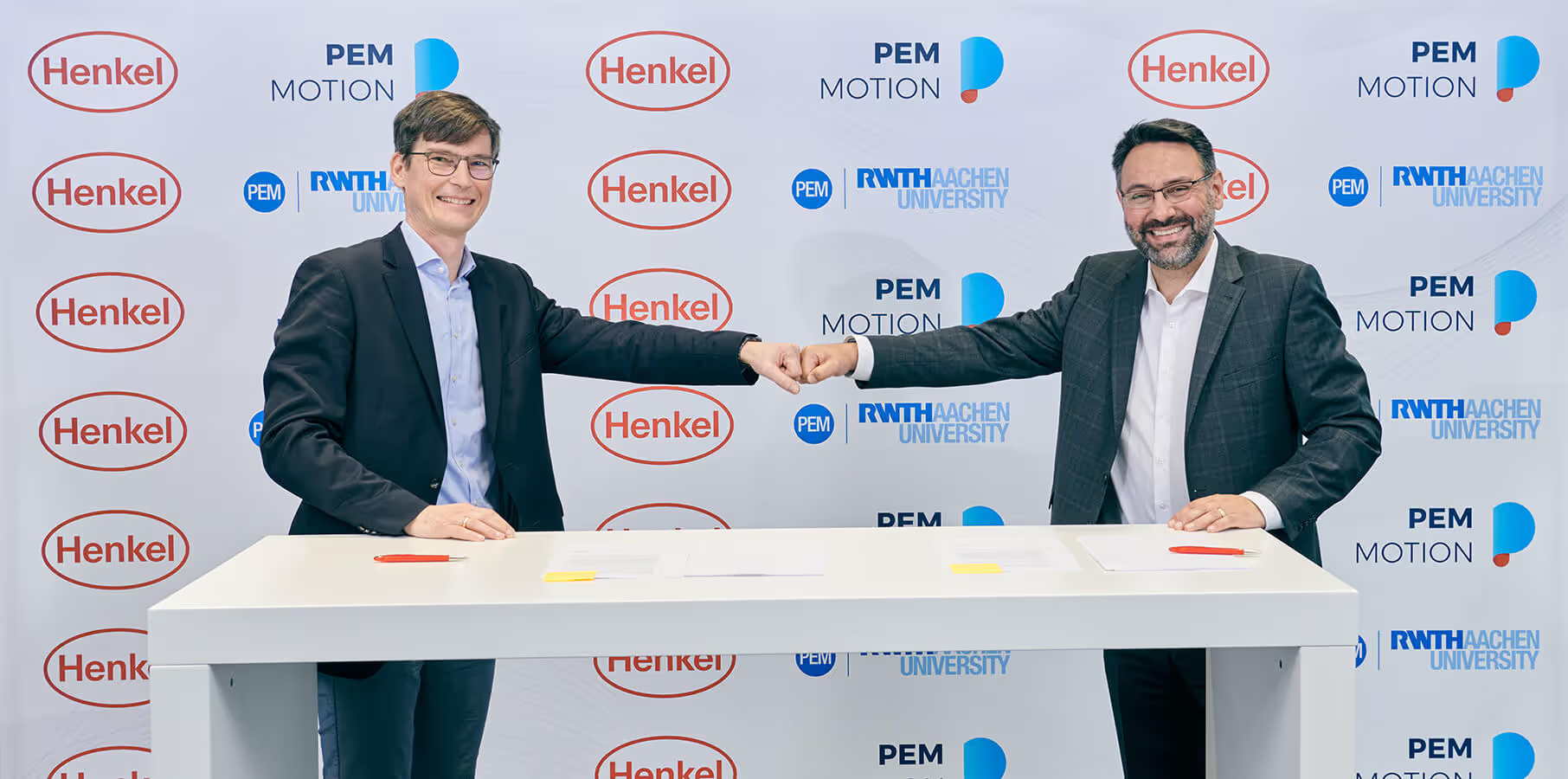CUSTOM BMS DEVELOPMENT
Unlock the Full Potential of Your Batteries
.avif)
OUR MISSION
INdustries we empower
Our BMS development supports a wide range of industries — from automotive and micromobility to robotics, logistics, mining, and stationary energy storage.
Through tailored hardware and software architectures, we ensure that every BMS solution delivers reliable energy management, optimized thermal behavior, and maximum system safety.
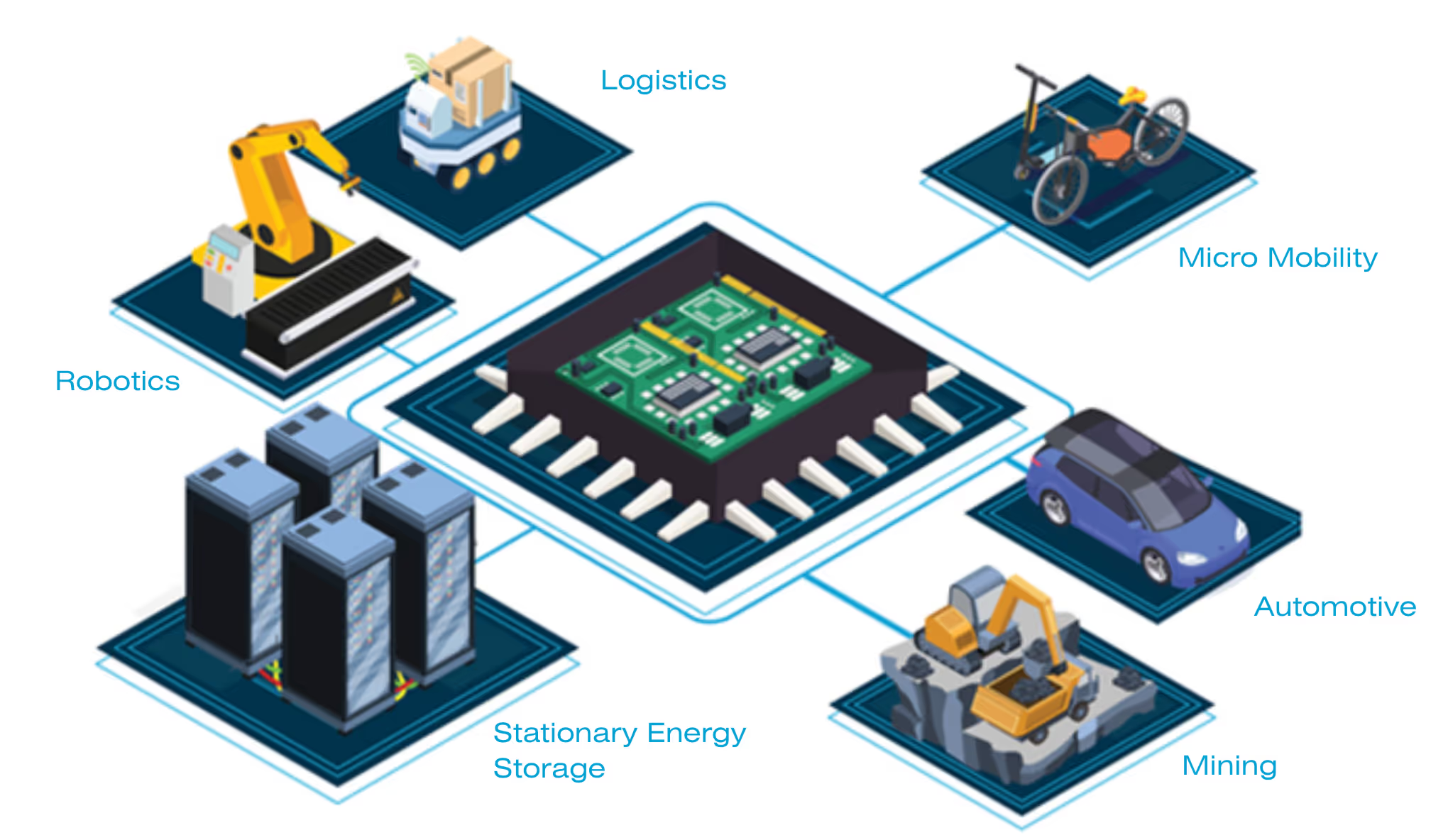
YOUR BENEFIT
THE POWER OF A TAILORED BMS
BETTER PERFORMANCE
Increased efficiency and longerbattery life.
100% OPTIMIZED
Tailored to technical, economic & regulatory requirements
FOR EVERY APPLICATION
Future-ready and scalable for automotive, mobility, energy and industrial applications
LONG-TERM INVESTMENT
Faster time-to-market and ROI
BMS Highlights
What makes our BMS solution unique
Modular Architecture
adaptability and functional safety combined
The flexible and modular layer architecture ensures our BMS solutions are quickly adaptable to various specific applications without a safety recertification.

SafetY Book
SYStem safety taken into account
With our Safety Book you gain access to all necessary documents for the functional safety at system level.

ETa-Leveling
Intelligent algorithms
The intelligent ETA-Leveling algorithm adjusts charging and discharging dynamically, enhancing efficiency, thermal stability, and overall system safety. This can double battery life span and reduce losses by up to 52%.
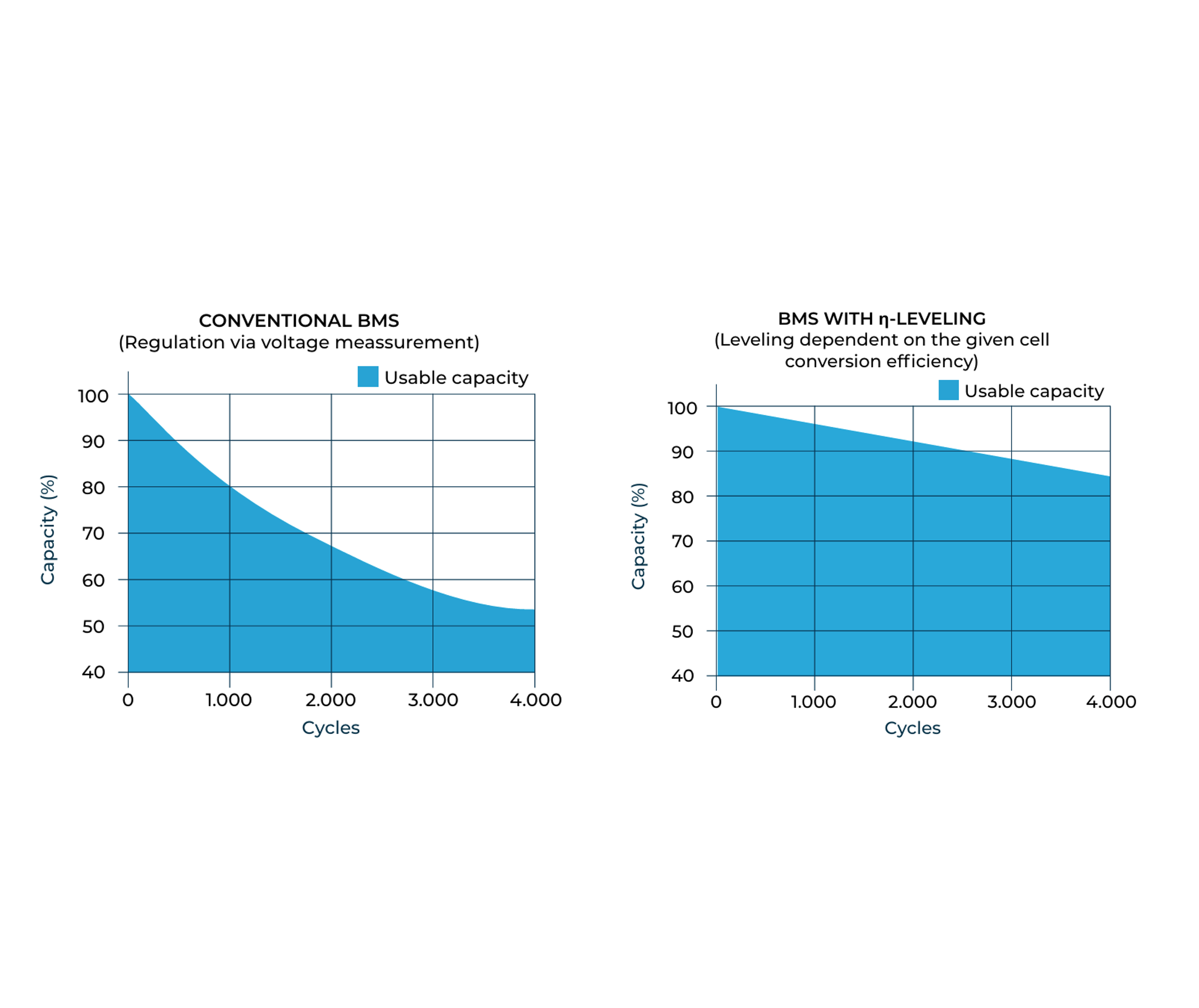
Three main highlights of our BMS solutions are engineered to deliver precise monitoring, efficient energy management, and robust system protection. Customers can rely on a scalable and reliable foundation to achieve increased performance and guaranteed safety for their own products.
OUR SERVICE
YOUR CHOICE: END-TO-END BMS DEVELOPMENT OR MODULAR SUPPORT
We support your BMS engineering project from idea to production - or wherever you need us in between:
01
Concept
Development
From first idea to technical architecture
02
Modelling &
Simulation
Predict performance and optimize design
03
Requirements Management
Define specifications and compliance needs
04
Testing &
Validation
Ensure safety and reliability under real conditions
05
Implementation
Hardware & software integration for prototypes or series
06
Industrial Scaling
Smooth transition to production
BMS ALGORITHM
EXTEND BATTERY LIFE WITH ETA-LEVELING



WHITEPAPER
LEARN MORE
ABOUT ETA-LEVELING
Get to know ETA-Leveling in detail and discover how the algorithm extends battery lifespan and unlocks capacity that is often assumed to be lost.
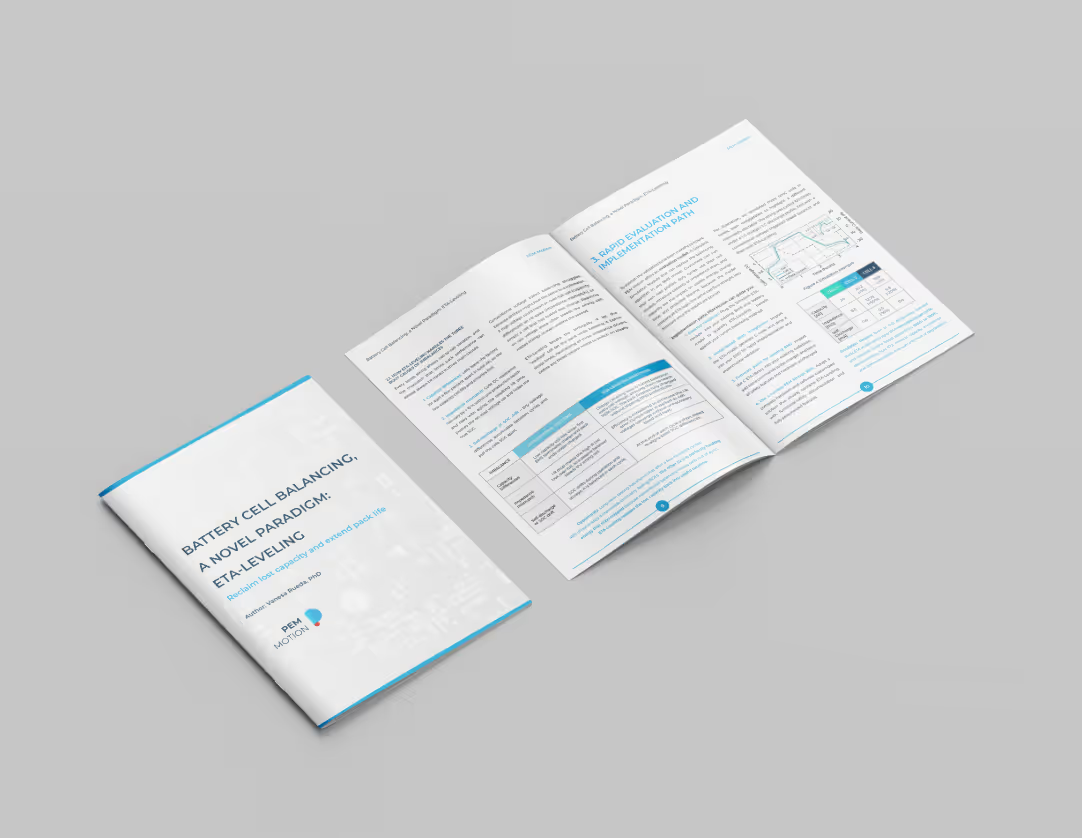
Project reference
CuStom BMS FOR Electric Motorcycle
We developed a 48V BMS for a series-production e-motorcycle. It’s been on the road since 2023—certified, efficient, and fully tailored to the application.
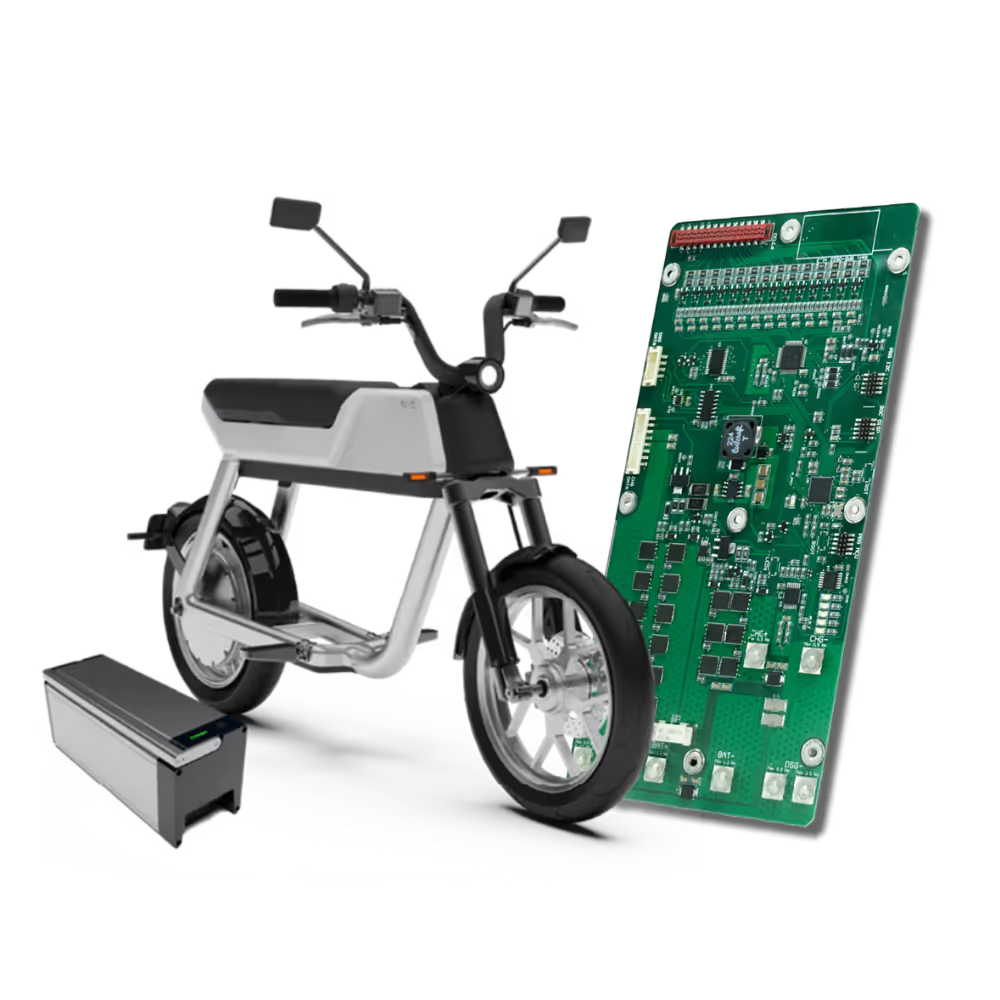
CAse studies
Discover other services in Practice
From battery testing and compliance to BMS development and operational support, our solutions are designed to work in the real world. By combining proven engineering methods with hands-on project experience, we help our partners reduce complexity, meet standards with confidence, and accelerate time to market.
Our Focus
See what we offer beyond BMS SOLutions
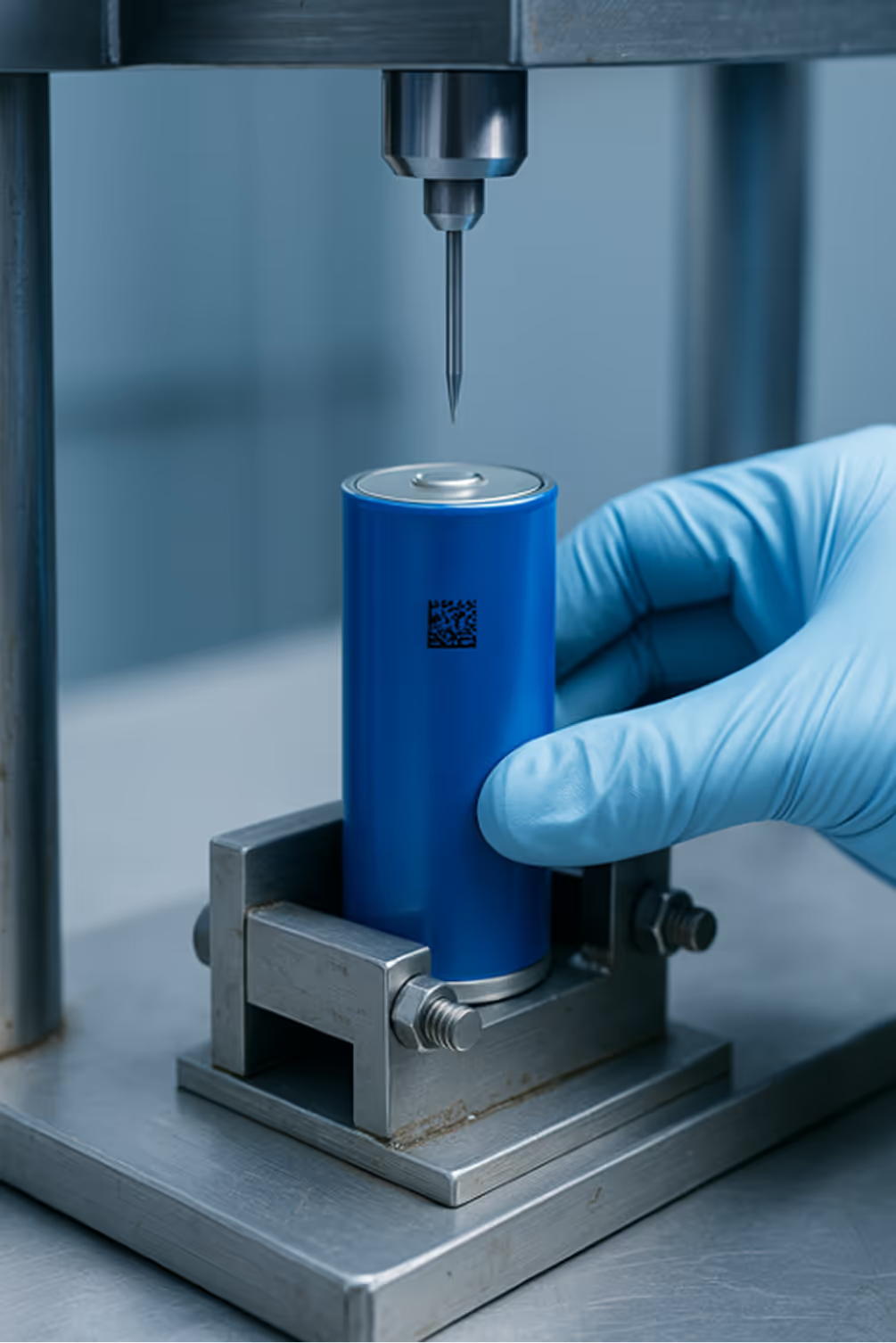
BATTERY Compliance
We ensure your batteries meet all compliance standards for safety and performance.
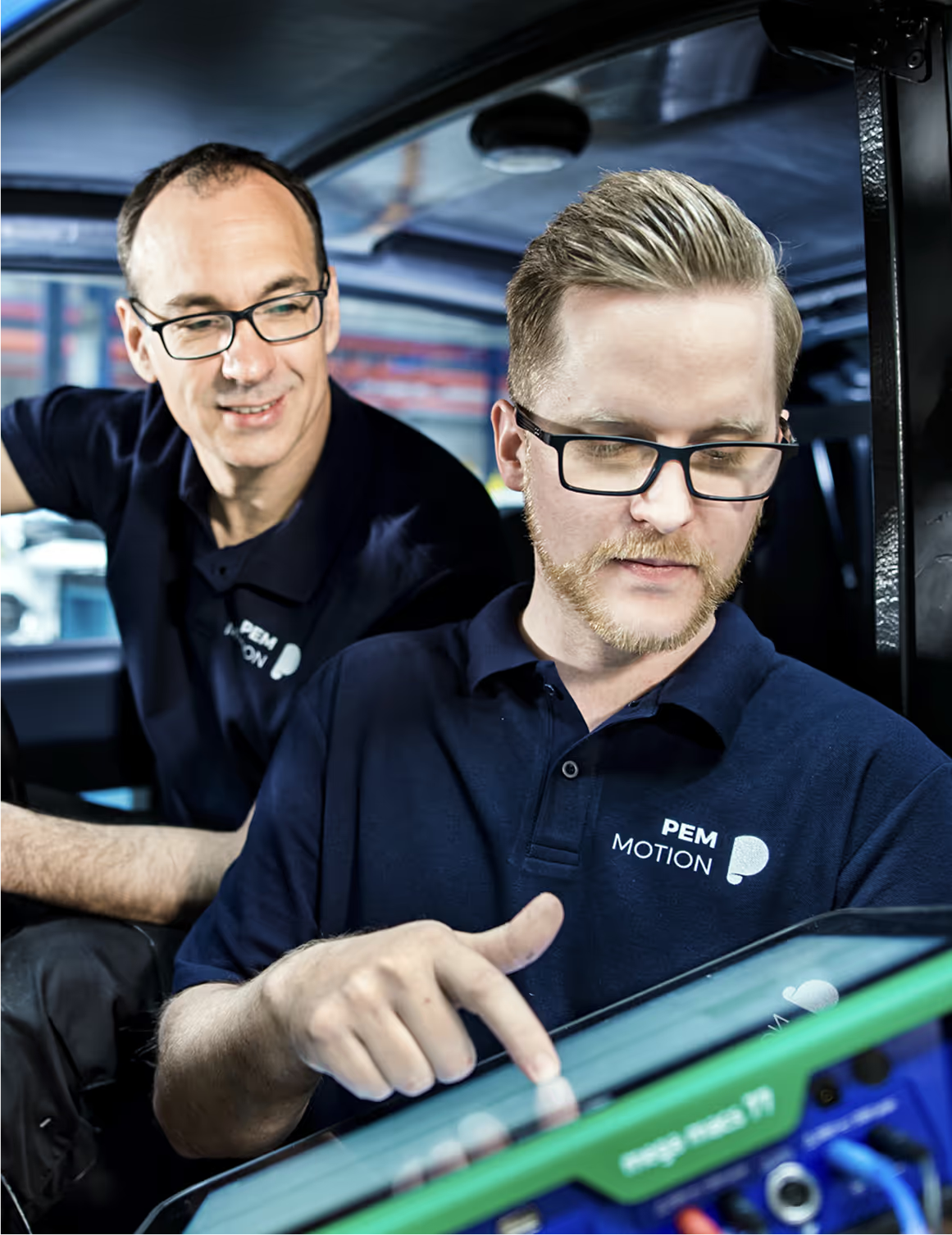
OPERATIONS & TRAINING
We empower your team with comprehensive training and operational consultation for battery technology and energy storage solutions.
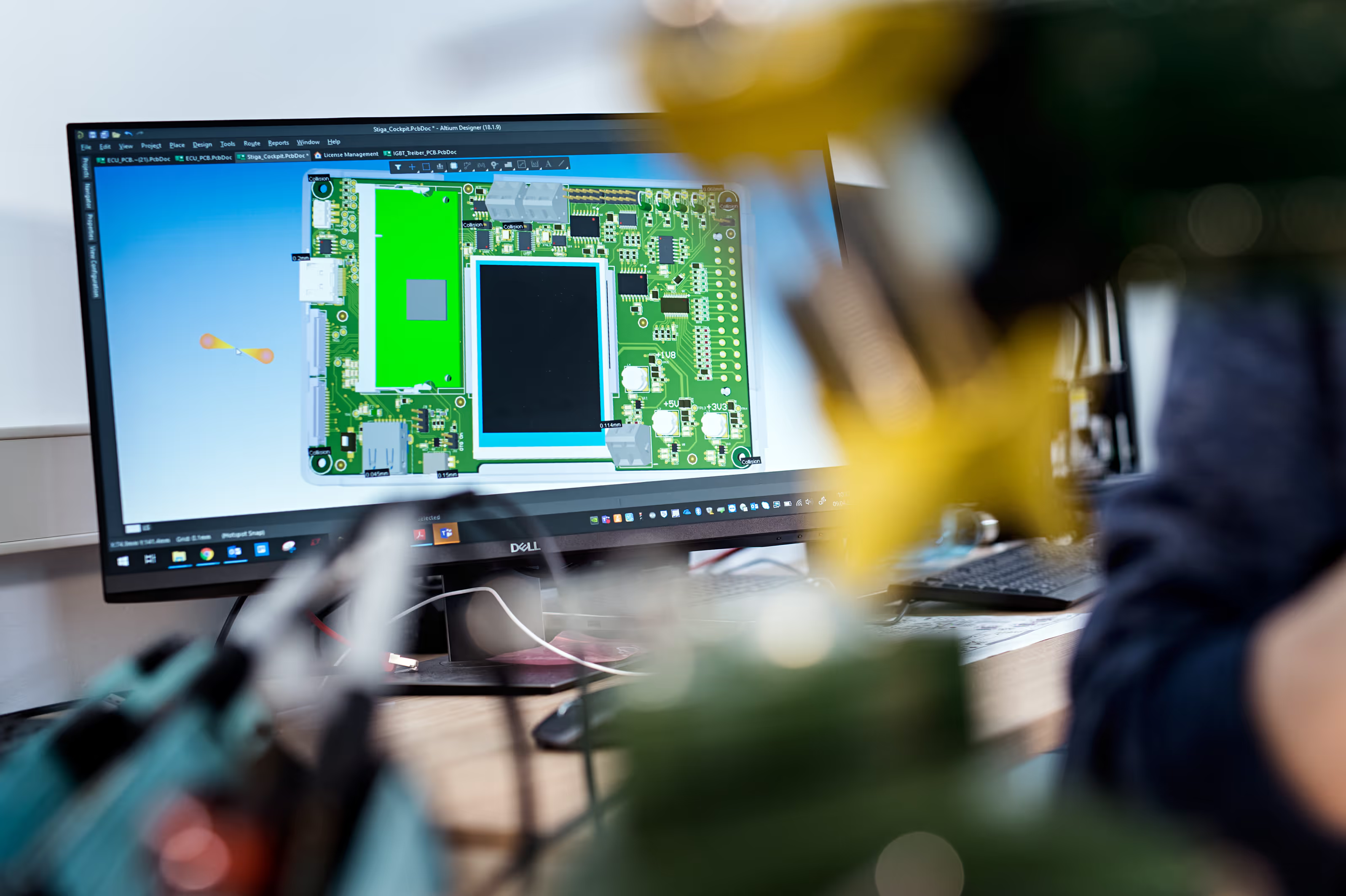
BMS SOLUTIONS
We offer a wide range of Li-Ion battery solutions and Battery Management Systems for various industries.
YOur direct line to expertise

Senior Engineer |
BMS Expert

BMS Engineering Leader &
Sr. Hardware Engineer
FAQ
Find answers to your most pressing questions about battery technology and our BMS Solutions.
A BMS is the central control unit of a battery. It monitors the state of charge, temperature, current flow, and overall cell safety. Without a functioning BMS, neither performance nor lifetime of the battery can be fully optimized. At PEM Motion, we design and develop customized BMS solutions tailored to the specific application, from early prototypes to full-scale production systems.
Standard solutions often only cover basic functionalities and quickly reach their limits when it comes to specific requirements. A customized BMS, on the other hand, takes into account the unique characteristics of the cells, the cooling system, and the overall architecture. This makes it possible to optimize efficiency, safety, and charging speed in a targeted way. PEM Motion supports this process end-to-end, from requirements analysis to development and validation.
Key safety features include cell voltage monitoring, temperature monitoring, and short-circuit and overcurrent protection. PEM Motion additionally leverages advanced algorithms and simulation models that ensure robust safety reserves even under extreme operating conditions, while accurately estimating State of Health (SOH) and State of Charge (SOC).
Yes, retrofitting is possible – especially when batteries are reused in second-life applications. PEM Motion offers retrofit solutions and the integration of modern BMS architectures to make existing systems safer and more efficient.
Software is the heart of every BMS. It defines how data is processed, how decisions are made, and how protective actions are triggered, making it essential for functional safety. PEM Motion develops scalable software architectures designed for both low-volume production and high-volume industrial standards.


